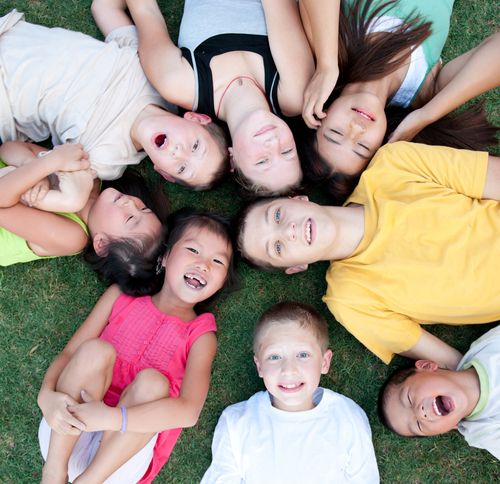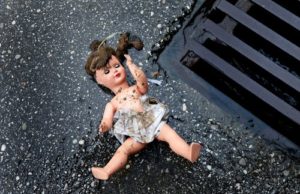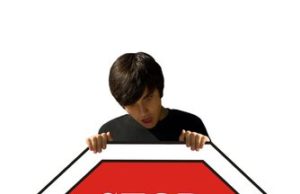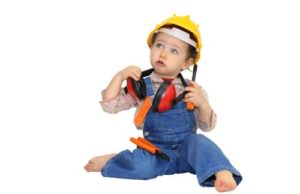10 Fact About Child Abuse That You Must Know
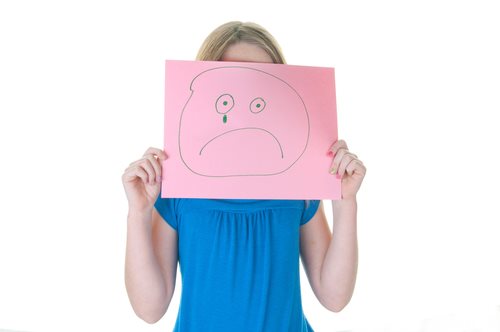 What is Child Abuse?
What is Child Abuse?
Child Abuse is defined as the mistreatment of children or minors, resulting in a variety of harmful and damaging results with regard to both the safety and wellbeing of the victim. Child abuse can range in the details and circumstances in which the offense takes place; child abuse can take place in a direct, physical fashion, which includes attacks and sexual assault – however, child abuse can take place verbally and psychologically. Regardless of the nature of the child abuse offense, results of this kind of abuse may result in negative aftereffects, both short-term and long-term in nature; a wide variety of Facts About Child Abuse exist, which state that victims of child abuse are prone to physical injury, bodily harm, the development of mental and psychological disorders, and in certain cases – death.
10 Facts About Child Abuse You Must Know
The following Facts About Child Abuse illustrate the devastating results and alarming statistics with regard to child abuse offenses taking place within modernity:
Facts About Child Abuse #1
Neglect is cited as the primary type of child abuse most prevalent throughout the world, reaching figures of almost 60% of the entirety of child abuse cases.
Facts About Child Abuse #2
Reports have stated that upwards of 4 children suffer death on daily basis as a result of their subjection to child abuse.
Facts About Child Abuse #3
Studies released illustrate that female victims of child abuse are almost 25% more likely to become pregnant as teenagers.
Facts About Child Abuse #4
With regard to the female inmate population, upwards of 30% of females incarcerated have reported being victims of child abuse; with regard to the male inmate population, upwards of 13% of males incarcerated have been reported as being victims of child abuse – children who have been the victims of child abuse are almost 60% more likely to engage in juvenile criminal activity .
Facts About Child Abuse #5
Facts About Child Abuse reflect that almost 60% of individuals both in treatment and in recovery for substance abuse have been the victims of Child Abuse
Facts About Child Abuse #6
Child abuse is reported as being a gateway for future child abuse offenses; reports illustrate that upwards of 30% of children abused will engage in some form of child abuse with regard to their own children.
Facts About Child Abuse #7
Upwards of 75% of teenagers who were the victims of child abuse were found to suffer from mental and psychological disorders upon analysis.
Facts About Child Abuse #8
Children who have been victims of child abuse are reported as being upwards of 50% more likely to abuse alcohol or develop alcohol dependency.
Facts About Child Abuse #9
Facts About Child Abuse report that almost 90% of child abusers were known by their victims; within this statistic, upwards of 65% were named as family members of the victim.
Facts About Child Abuse #10
Reports of child abuse – on a global level – are received at a staggering rate; a new child abuse case is reported almost every 15 seconds.


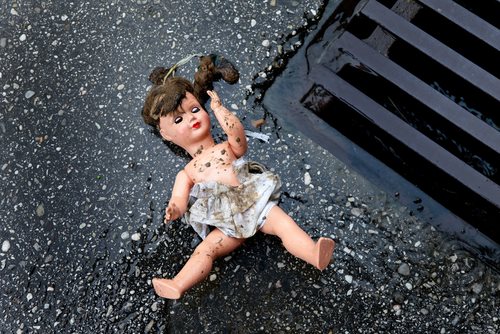
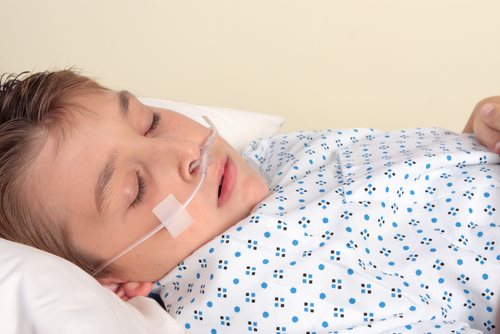 What are Child Abuse Pictures?
What are Child Abuse Pictures?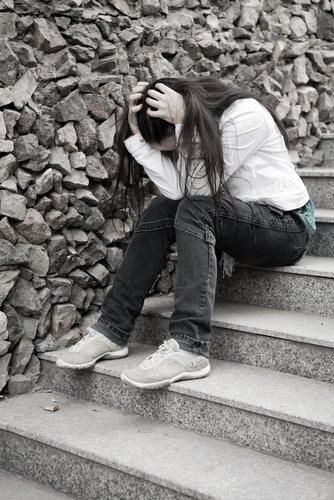 What are Child Abuse Stories?
What are Child Abuse Stories?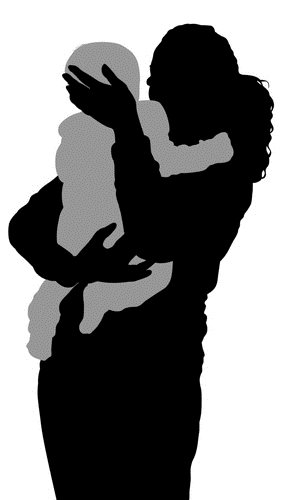 What are Child Protective Services?
What are Child Protective Services?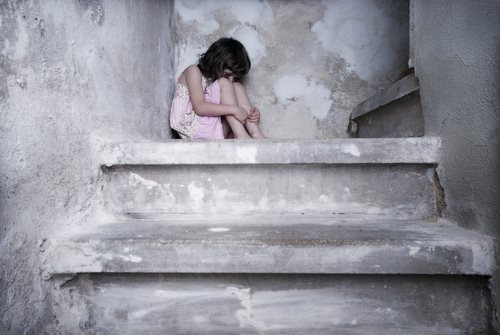
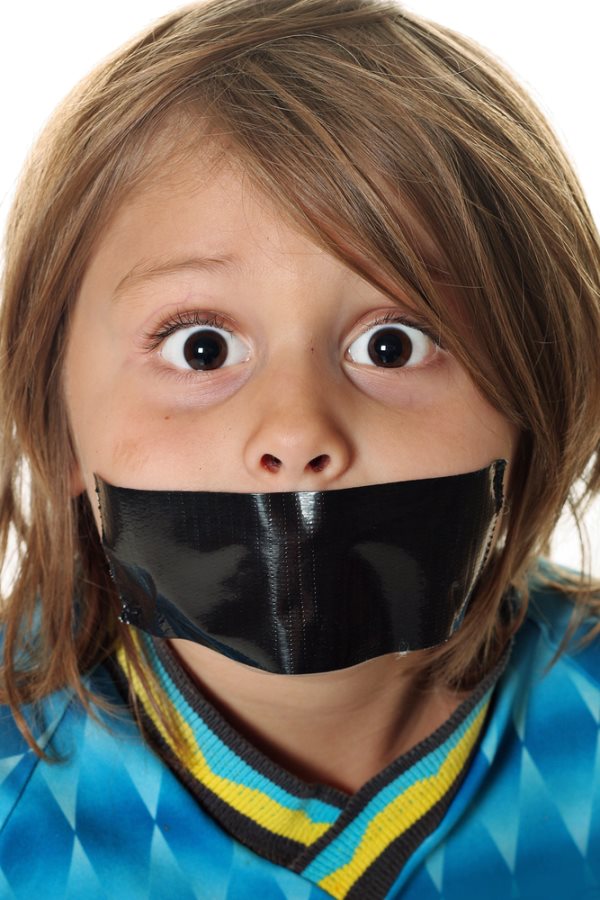
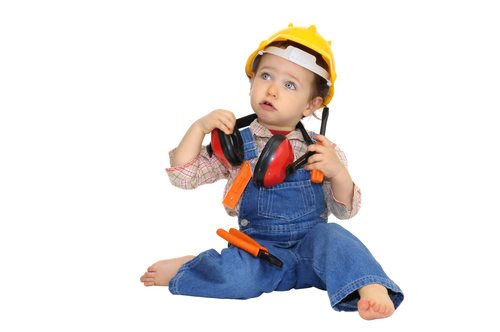
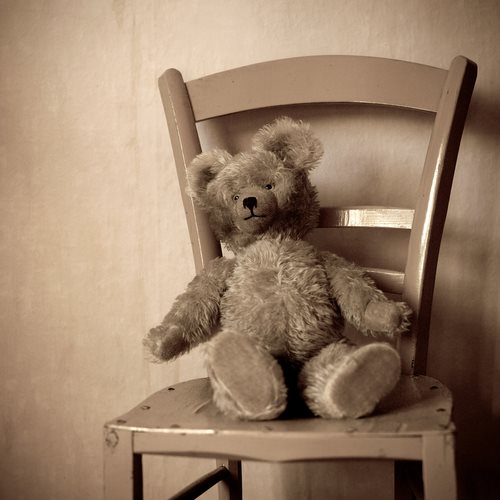 What are ‘Abused Children’?
What are ‘Abused Children’?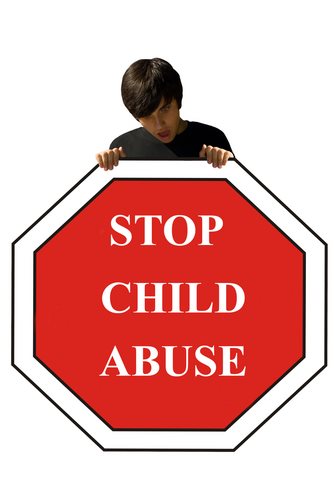 What are the Causes of Child Abuse?
What are the Causes of Child Abuse?





